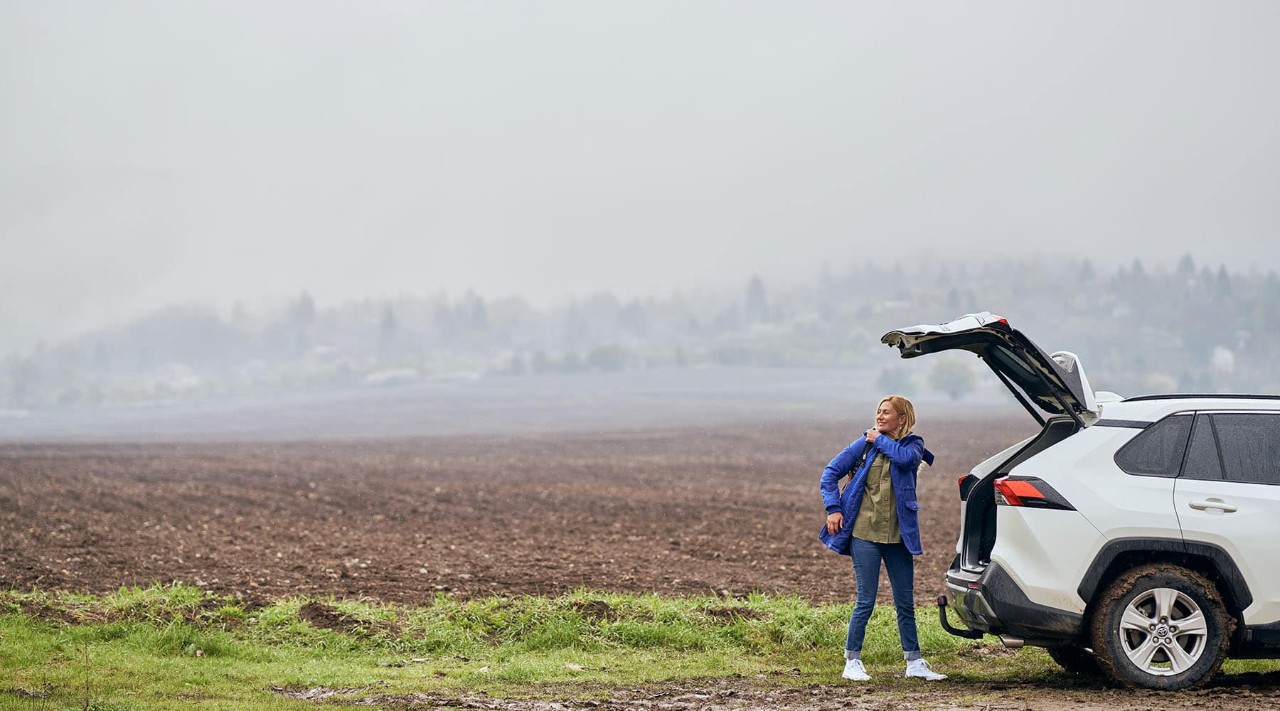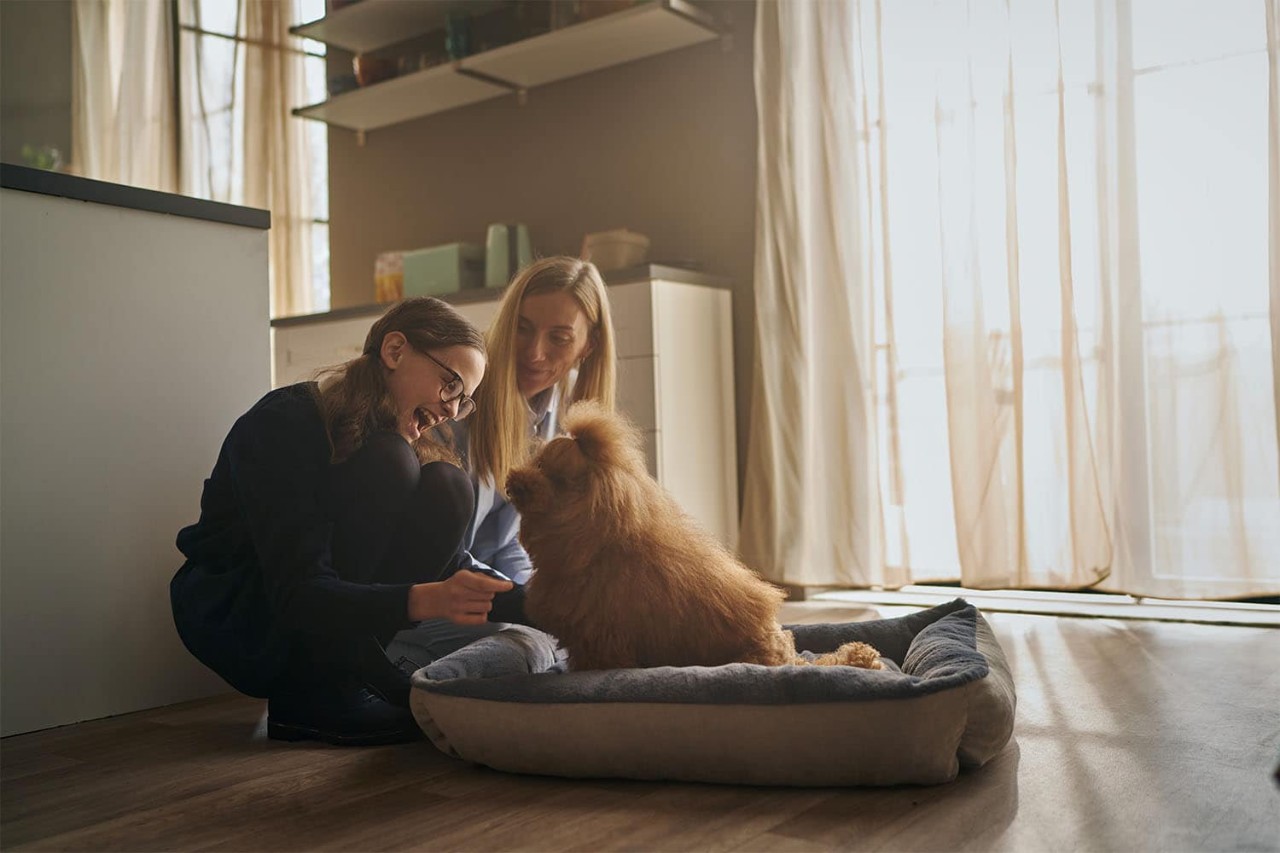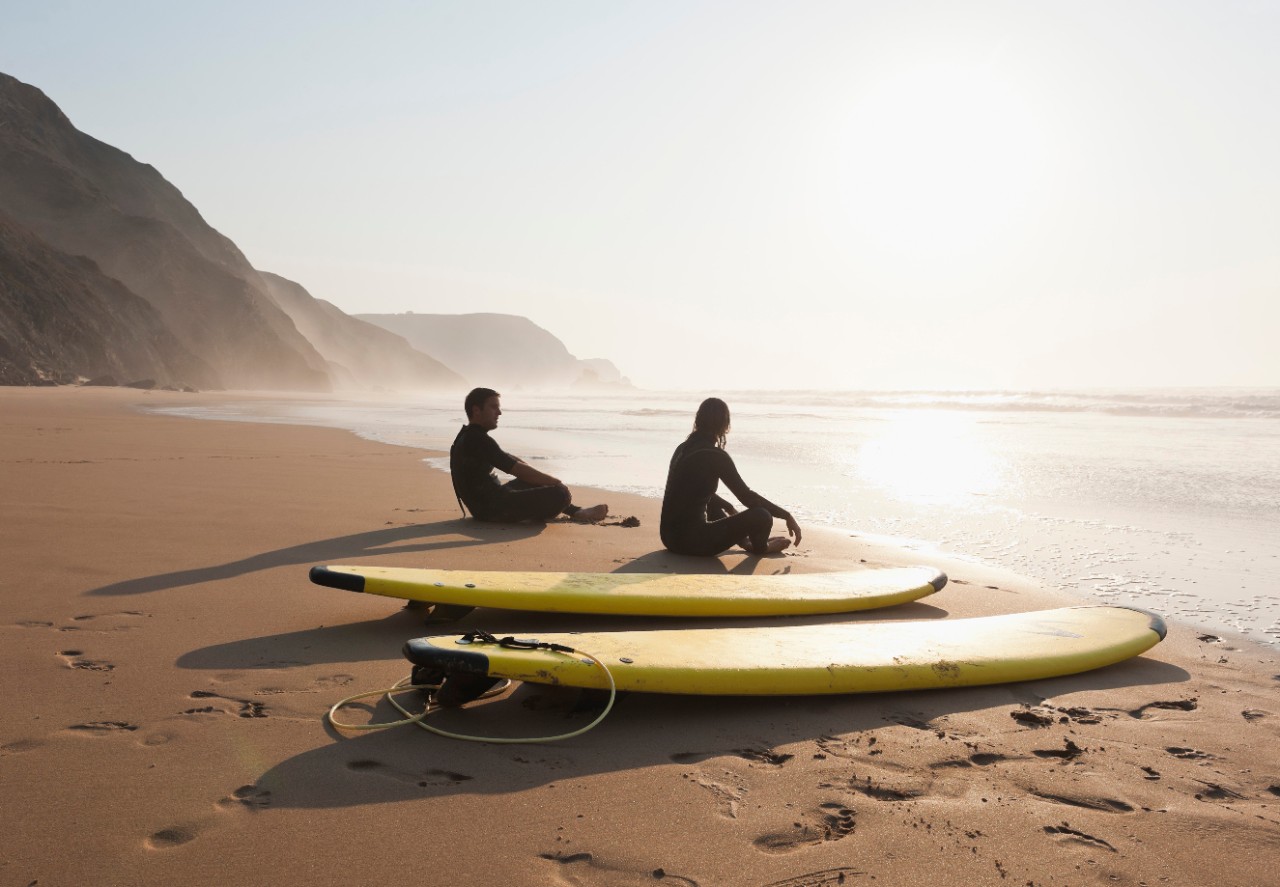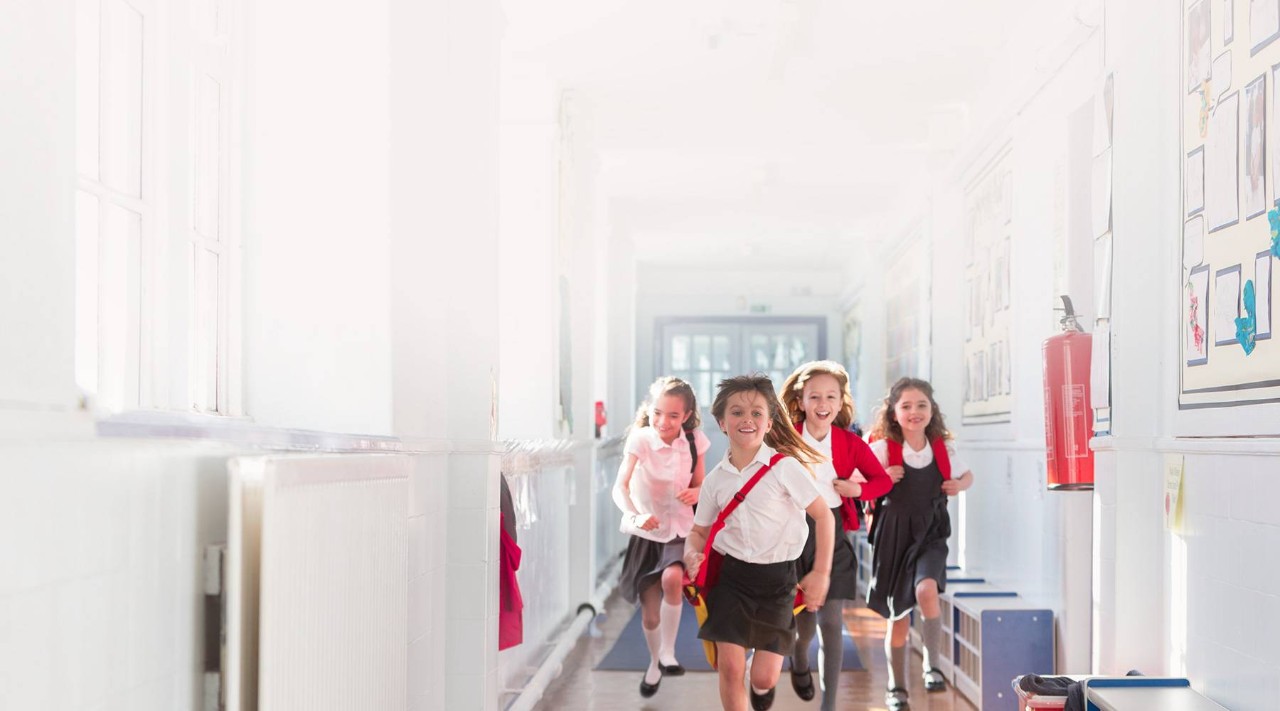No one can stop the onset of winter which is usually accompanied by freezing temperatures and sometimes snow. However, if you follow these suggestions, you should be ready for it when it comes.
Low Temperatures
For Your Home:
- Leave the heat on ‘constant’ to ensure a temperature of at least 5˚C throughout the property (including attic space)
- Open your attic trap door to help keep the temperature in your attic the same as in the rest of the house and prevent pipes freezing
- Check for frozen/leaking pipes
- Lagging the attic pipes can save you a lot of trouble in cold weather, but if the worst happens and you think a pipe is frozen, simply turn off the water at the main ‘stopcock’ and open all the taps. Make sure your central heating boiler is turned off. Next, gently thaw the pipe using a hairdryer or hot water bottle. If there is no leak from the pipe after thawing, you can safely turn the water on again. If it does leak, turn off the electrical supply being careful not to touch any wet electrical fittings, and call your local Allianz Home Emergency number.
For Your Car:
The best thing to do in extremely bad weather is to stay off the road. Take heed of warnings not to go out.
- Keep petrol/diesel tank full to avoid ice in the tank and fuel lines
- Keep petrol/diesel tank full to avoid ice in the tank and fuel linesTake off any snow from the roof to avoid it dropping onto the windscreen during braking, thereby causing sudden and severe restriction to your vision
- Keep petrol/diesel tank full to avoid ice in the tank and fuel linesDo not use hot water on the windscreen as it can crack the glass
- Keep petrol/diesel tank full to avoid ice in the tank and fuel linesSlow down and allow extra distance (8-10 seconds) between you and the car in front. Lack of grip can occur even on treated roads so drive slowly in the highest gear possible, manoeuvre gently and avoid harsh braking
- Keep petrol/diesel tank full to avoid ice in the tank and fuel linesTo brake on ice or snow without locking your wheels:
- Keep petrol/diesel tank full to avoid ice in the tank and fuel linesGet into a low gear earlier than normal, using the clutch smoothly and allow your speed to fall and use the brake pedal gentle
- The 2 second rule becomes the 4 second rule in bad weather and poor visibility according to the conditions
- Beware of “Black Ice”. Black Ice is one of winter’s biggest hazards as it is difficult to see. Watch out for sheltered/shaded areas on roads, under trees and near high walls
- If your vehicle skids and slews sideways - Turn the steering wheel in the same direction as the skid and ease off the accelerator at the same time
- Have the radiator system serviced, or check the antifreeze level yourself with an antifreeze tester. Add antifreeze, as needed
For Your Pet:
- Consider putting a coat on shorthaired or elderly dogs
- Never let your pets drink from puddles in cold weather as there may be contaminated with toxic de icing fluids.
- Check under the bonnet of your car for cats or other small animals sheltering from the cold. The warmth from the engine attracts them at night.
For Your Devices:
- In very cold weather batteries discharge quicker, so try to keep your mobile phone close to your body beneath layers of clothing to help maintain its charge.
- Keep your laptop in an insulated bag to help preserve the battery charge.
- If the weather is cold enough for gloves and you need to use a touch screen frequently consider stitching one fingertip on one hand with conductive thread.
Snow
Recent changes in weather patterns has lead to increased snowfall in countries that are less prepared to deal with it. A build up of snow on a roof not designed to withstand the added weight can cause problems and slippages can prove a source of injuries. Watch for potential damage, clear snow or cordon off danger areas if possible, and be prepared for a possible loss of utilities.
For Your Home:
- Check gutters, down pipes and drains
- Clear snow as soon as possible
- Check that all air vents are clear
- Cordon off areas where snow is likely to fall from the roof
- After the snow storm and once safe
- Clear snow as soon as possible
- Check the roof for signs of collapse





